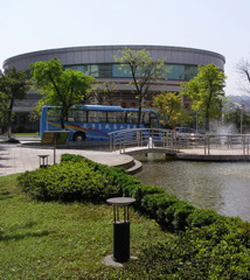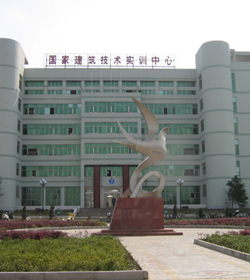2016年12月大学英语四级/cet4阅读练习十六
2016-10-09 09:44:22am
Questions 31 to 35 are based on the following passage.
Until the 1980s, the American homeless population comprised mainly older males. Today, homelessness strikes much younger part of society. In fact, a 25-city survey by the U.S. Conference of Mayors in 1987 found that families with children make up the fastest growing part of the homeless population. Many homeless children gather in inner cities; this transient and frequently frightened student population creates additional problems-both legal and educational-for already overburdened urban school administrators and teachers.
Estimates of the number of homeless Americans range from 350,000 to three million. Likewise, estimates of the number of homeless school children vary radically. A U.S. Department of Education report, based on state estimates, states that there are 220,000 homeless school-age children, about a third of whom do not attend school on a regular basis. But the National Coalition for the Homeless estimates that there are at least two times as many homeless children, and that less than half of them attend school regularly.
One part of the homeless population that is particularly difficult to count consists of the throwaway youths who have been cast off their homes. The Elementary School Center in New York City estimates that there are 1.5 million of them, many of whom are not counted as children because they do not stay in family shelters and tend to live by themselves on the streets.
Federal law, the Stewart McKinney Homeless Assistance Act of 1987, includes a section that addresses the educational needs of homeless children. The educational provisions of the McKinney Act are based on the belief that all homeless children have the right to a free, appropriate education.
31. In 1987, the American homeless population was made up of _____.
A) older males B) school children
C) adults D) both A and B
32. The author implies in the first paragraph that _____.
A) the homeless population is growing rapidly
B) there is serious shortage of school administrators and teachers
C) homeless children often move from place to place
D) homeless children usually stay outside schools
33. The National Coalition for the Homeless estimates that there are _____ homeless children.
A) 7000,000 B) 350,000
C) 440,000 D) 70,000
34. One part of the homeless population is difficult to count. The reason might be that _____.
A) homeless children live on the streets
B) homeless children have no parents
C) the homeless are too young to be counted as children
D) the homeless children are not taken as members of their families
35. The aim of the McKinney Act is to _____.
A) offer education for homeless children
B) provide family shelters for homeless children
C) reduce the number of homeless children
D) estimate the number of homeless population
参考答案:31. D 32. B 33. C 34. D 35. A
以上就是查字典大学网为同学们带来的“2016年12月大学英语四级/cet4阅读练习十六”内容了,希望看完能够带给大家一些力量,对同学的生活有所启示,更多内容在这里,请继续关注我们。



